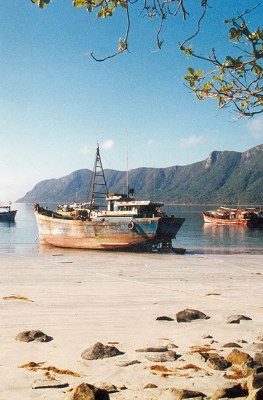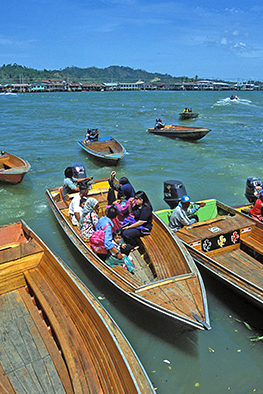Published on November 29, 2017

Many quip that “Pasko,” or Christmas, in the Philippines, starts on September. Indeed, malls and commercial centers are wont to start playing “Jingle Bells” by the time the “-ber months” come around, stacking their shelves with myriad Christmas paraphernalia to tempt those eager to start early on their holiday shopping. The spirit of the season persists well into the first week of January, culminating officially with the Feast of the Three Kings on January 6.
Pampanga’s Giant Lantern Festival is a cornerstone in the Christmas celebrations. Held on the Saturday before Christmas Eve, the festival is a massive showcase of Filipino craftsmanship and the parol, a star-shaped lantern that stands as a uniquely Filipino icon of the season. Pampanga, birthplace of the parol, ups the ante this time of the year with glitzy, gargantuan renditions decked in flashing colors and intricate design.

There’s no more intimate nor more authentic way to celebrate Pasko Pinoy-style than with Noche Buena, the midnight feast shared with friends and family on the eve of Christmas. As a culture that values family above all else, Filipinos hold this festive meal dear, drinking, dining, merry-making, and exchanging gifts with their loved ones well into the night.
Roslyn/Creative Common
You Might Also Like…
For similar festivals that train a spotlight on the local culture, visit Malaysia’s Sabah Fest; Thailand’s Loi Krathong Festival; and Vietnam’s Hue Festival. For other festivals in the month of December, check out Brunei’s observation of Prophet Muhammad’s Birthday; Cambodia’s Sea Festival; and Singapore’s own Christmas celebrations.






